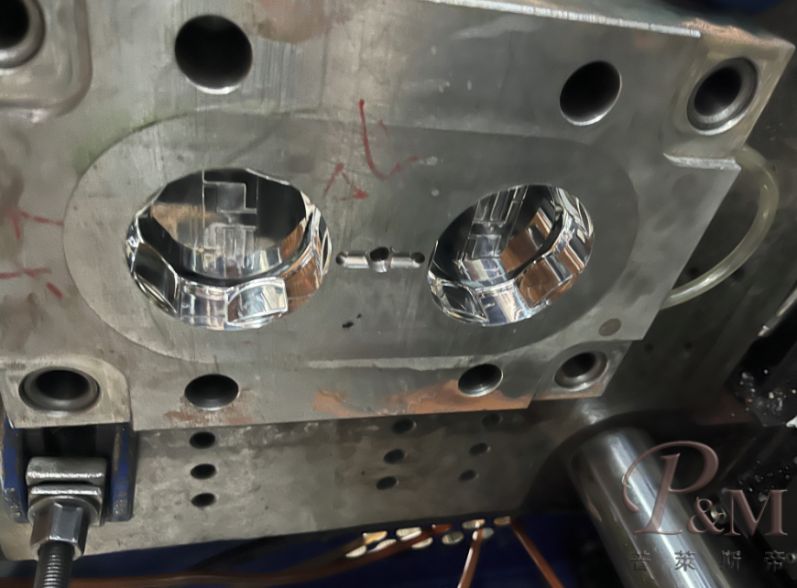Injection molding is a manufacturing process that has revolutionized the way plastic products are made. It is a highly efficient and cost-effective method of production that allows for the creation of complex and intricate shapes with great precision and accuracy. In this article, we will explore the basics of injection molding and the role of injection molds in the process.
What is Injection Molding?
Injection molding is a manufacturing process that involves the injection of molten plastic into a mold cavity. The molten plastic is forced into the cavity under high pressure, where it cools and solidifies to form the desired shape. The process is automated and can be used to produce large quantities of identical parts with high precision and accuracy.
The process begins with the creation of a mold, which is a hollow steel block with a specific shape and size. The mold is made by a skilled mold maker, who uses computer-aided design (CAD) software and advanced machining tools to create the mold. The mold is then fitted onto an injection molding machine, which is a specialized piece of equipment that is used to melt and inject the plastic into the mold cavity.
The injection molding process can be broken down into four key stages:
- Clamping: The mold is clamped shut and held in place by the injection molding machine.
- Injection: The molten plastic is injected into the mold cavity under high pressure.
- Cooling: The plastic cools and solidifies in the mold cavity, conforming to the shape of the mold.
- Ejection: The finished part is ejected from the mold cavity, and the process starts again.
The Role of Injection Molds
Injection molds play a critical role in the injection molding process. They determine the shape and size of the finished part and must be made to extremely tight tolerances to ensure the part is produced correctly. The mold also needs to be designed to allow for the proper flow of molten plastic into the mold cavity and to prevent any defects from occurring in the finished part.
Injection molds are made from high-quality materials, such as steel or aluminum, to ensure they can withstand the high pressure and temperatures involved in the injection molding process. They are also highly durable and can be used to produce large quantities of parts before needing to be replaced.
Conclusion
Injection molding has revolutionized the way plastic products are made. It is a highly efficient and cost-effective method of production that allows for the creation of complex and intricate shapes with great precision and accuracy. Injection molds play a critical role in the process, determining the shape and size of the finished part and ensuring it is produced correctly. With the use of injection molding, manufacturers can produce high-quality plastic products at a fraction of the cost and time it would take using traditional manufacturing methods.
Post time: May-15-2023
